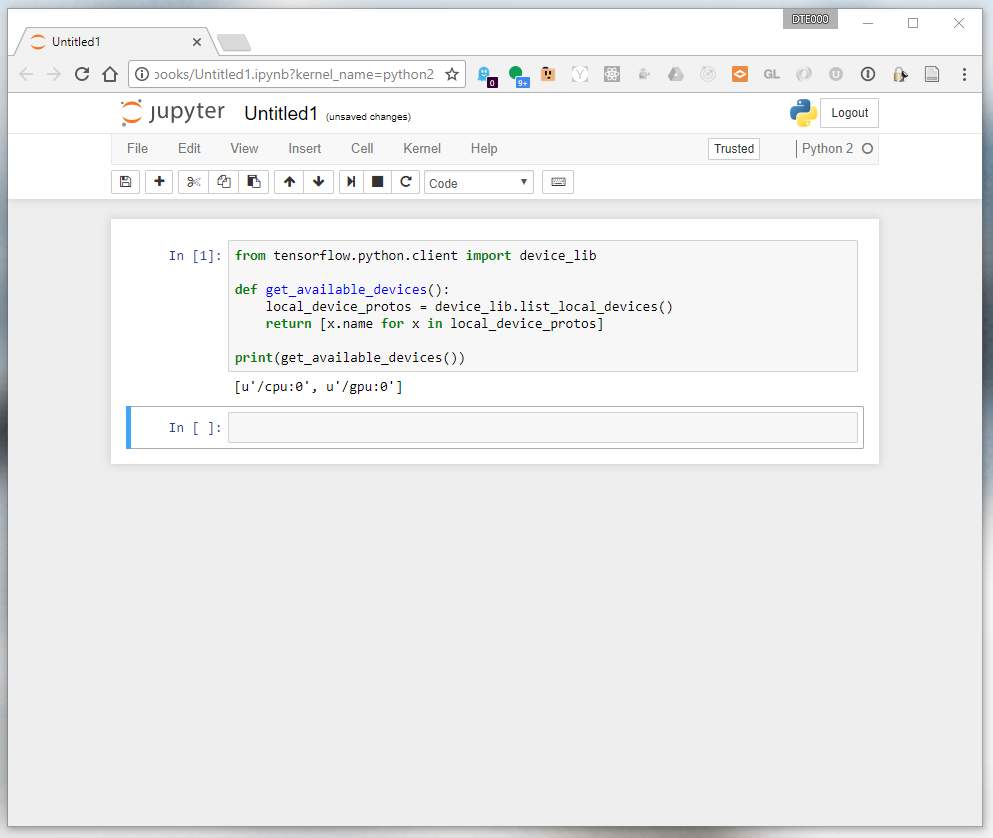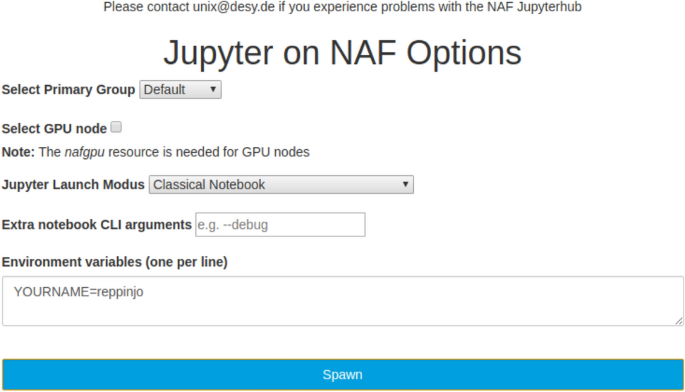
#How to install jupyter notebook on gpu unix update
Next, select a kernel using the kernel picker in the top right.Īfter selecting a kernel, the language picker located in the bottom right of each code cell will automatically update to the language supported by the kernel.

You can create a Jupyter Notebook by running the Jupyter: Create New Jupyter Notebook command from the Command Palette ( ⇧⌘P (Windows, Linux Ctrl+Shift+P)) or by creating a new. If you attempt to open a notebook when VS Code is in an untrusted workspace running Restricted Mode, you will not be able to execute cells and rich outputs will be hidden. Harmful code can be embedded in notebooks and the Workspace Trust feature allows you to indicate which folders and their contents should allow or restrict automatic code execution. When getting started with Notebooks, you'll want to make sure that you are working in a trusted workspace. Once the appropriate environment is activated, you can create and open a Jupyter Notebook, connect to a remote Jupyter server for running code cells, and export a Jupyter Notebook as a Python file. To select an environment, use the Python: Select Interpreter command from the Command Palette ( ⇧⌘P (Windows, Linux Ctrl+Shift+P)). To work with Python in Jupyter Notebooks, you must activate an Anaconda environment in VS Code, or another Python environment in which you've installed the Jupyter package.

Visual Studio Code supports working with Jupyter Notebooks natively, and through Python code files.

Jupyter (formerly IPython Notebook) is an open-source project that lets you easily combine Markdown text and executable Python source code on one canvas called a notebook. Configure IntelliSense for cross-compiling.


 0 kommentar(er)
0 kommentar(er)
